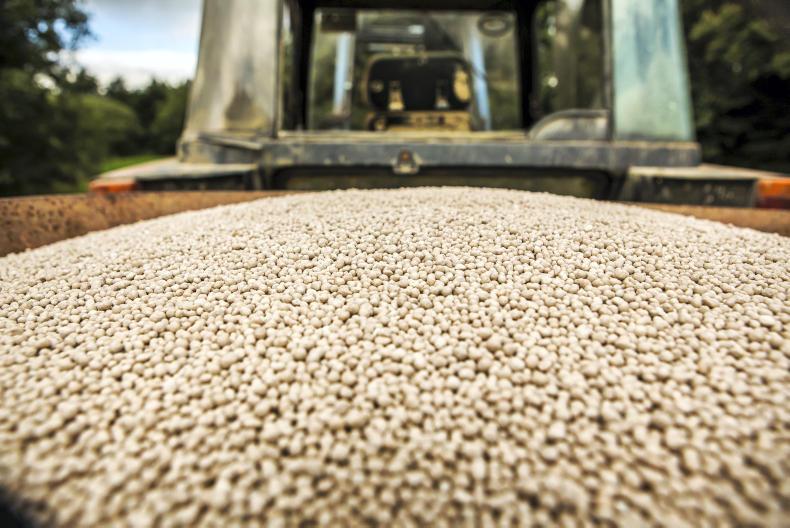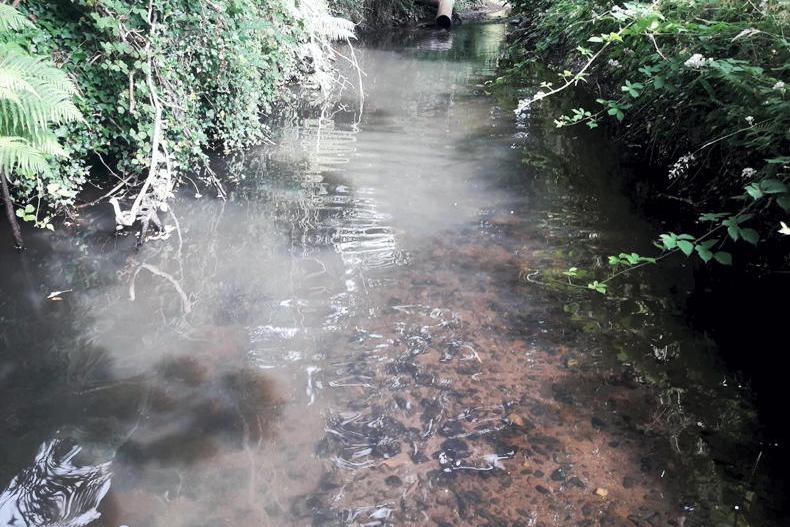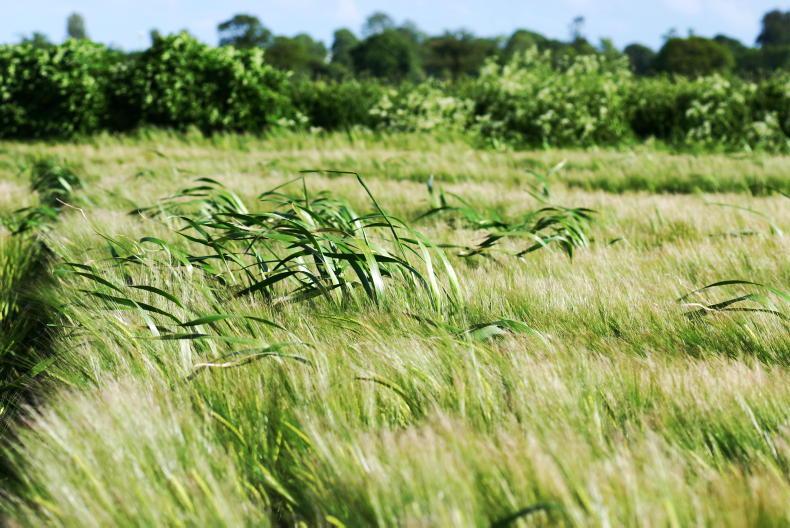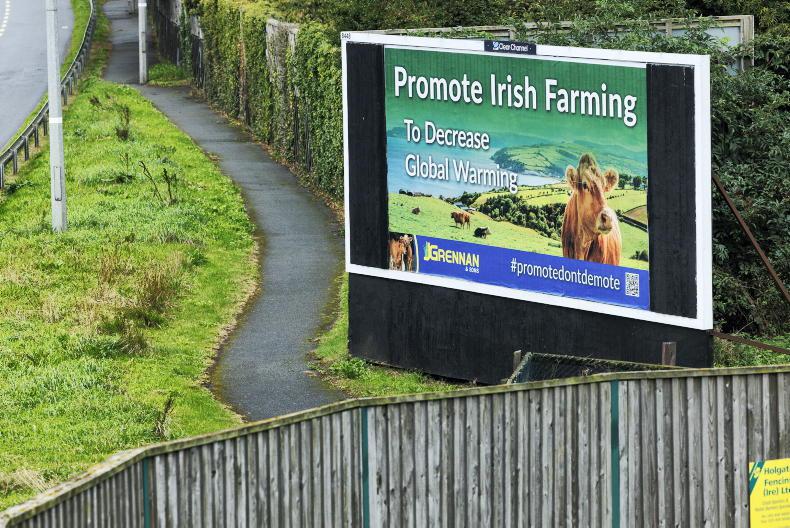Out of the 179m hectares of agricultural land in the EU, Fertilizers Europe estimates that mineral fertilisers are used on 75% of that. The volume of fertilisers used in the EU represents 10% of use at global level, a European Commission market brief on fertiliser states.
After a reduction in fertiliser use in the 1990s and 2000s, linked to reforms of the Common Agricultural Policy (CAP), fertiliser use in Europe has stabilised in the last decade.
France, Germany and the UK represent 40% of the €17bn market, but there has been a slight growth in usage among the member states that most recently joined the EU.
Despite 90% of the fertilisers used in the EU being produced domestically, the EU is still a net importer.
The majority of supplies come from northern Africa, Russia and the US. Phosphate fertilisers are imported to the EU from Morocco and Russia and potash-based products come mainly from Russia and Belarus.
Most used
Nitrogen is the most used nutrient, representing more than two-thirds of the use of the main three nutrients N, P and K. It is estimated that half of the fertiliser used is on cereals, 16% on grasslands and 11% on oilseeds.
Farms with field crops have the highest fertiliser costs on average across the EU.
The cost of fertilisers on a per-hectare basis rose by 1.7% annually between 2006 and 2016, but grassland-based livestock farms decreased their fertiliser costs over the same decade.
Read more
Protected urea could become the norm for tillage farmers
Listen: how to set up a fertiliser spreader correctly
Ireland’s top spreaders in Crops & Spreaders demonstration
Fertiliser tariffs costing EU's farmers €1bn per year
Out of the 179m hectares of agricultural land in the EU, Fertilizers Europe estimates that mineral fertilisers are used on 75% of that. The volume of fertilisers used in the EU represents 10% of use at global level, a European Commission market brief on fertiliser states.
After a reduction in fertiliser use in the 1990s and 2000s, linked to reforms of the Common Agricultural Policy (CAP), fertiliser use in Europe has stabilised in the last decade.
France, Germany and the UK represent 40% of the €17bn market, but there has been a slight growth in usage among the member states that most recently joined the EU.
Despite 90% of the fertilisers used in the EU being produced domestically, the EU is still a net importer.
The majority of supplies come from northern Africa, Russia and the US. Phosphate fertilisers are imported to the EU from Morocco and Russia and potash-based products come mainly from Russia and Belarus.
Most used
Nitrogen is the most used nutrient, representing more than two-thirds of the use of the main three nutrients N, P and K. It is estimated that half of the fertiliser used is on cereals, 16% on grasslands and 11% on oilseeds.
Farms with field crops have the highest fertiliser costs on average across the EU.
The cost of fertilisers on a per-hectare basis rose by 1.7% annually between 2006 and 2016, but grassland-based livestock farms decreased their fertiliser costs over the same decade.
Read more
Protected urea could become the norm for tillage farmers
Listen: how to set up a fertiliser spreader correctly
Ireland’s top spreaders in Crops & Spreaders demonstration
Fertiliser tariffs costing EU's farmers €1bn per year









SHARING OPTIONS